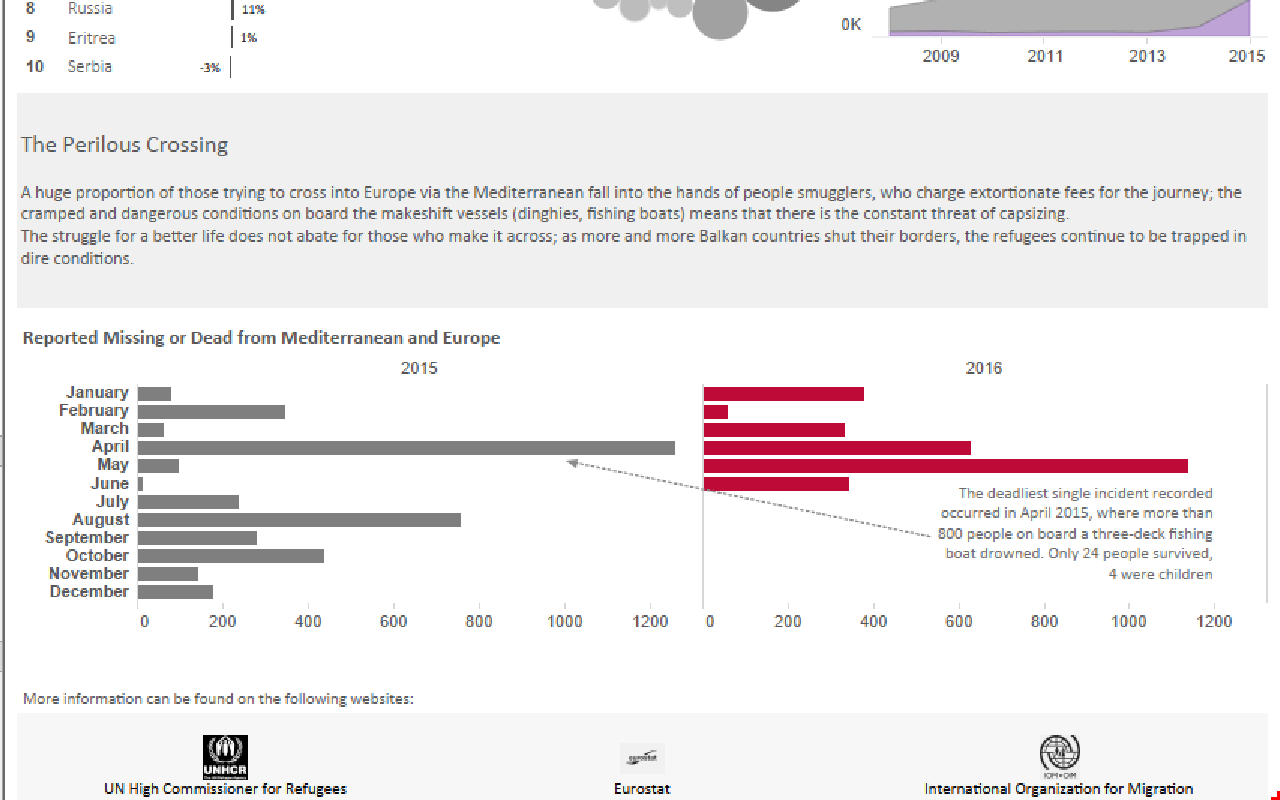

#Annotations examples generator
Use an Annotated Bibliography Generator.This is an excellent way to begin formulating your own ideas for writing assignments based on the text or on any of the ideas it contains. You can use annotation to go beyond understanding a text’s meaning and organization by noting your reactions-agreement/disagreement, questions, related personal experience, connection to ideas from other texts, class discussions, etc. It helps identify which parts of the text work together and how they do so. Making a descriptive outline allows you to follow the construction of the writer’s argument and/or the process of his/her thinking. This list is hardly exhaustive and it’s important to recognize that several of these functions may be repeated within a text, particularly ones that contain more than one major idea. These functions might include any of the following: A descriptive outline allows you to see not only where the main ideas are but also where the details, facts, explanations, and other kinds of support for those ideas are located.Ī descriptive outline will focus on the function of individual paragraphs or sections within a text. DESCRIPTIVE OUTLINEĪ descriptive outline shows the organization of a piece of writing, breaking it down to show where ideas are introduced and where they are developed.
#Annotations examples series
A series of brief notes in the margins beside important ideas gives you a handy summary right on the pages of the text itself, and if you can take the substance of a sentence or paragraph and condense it into a few words, you should have little trouble clearly demonstrating your understanding of the ideas in question in your own writing. It’s also excellent preparation for any writing you may have to do based on your reading. Going beyond locating important ideas to being able to capture their meaning through paraphrase is a way of solidifying your understanding of these ideas. And it’s a good idea to highlight the words or phrases of a text that are referred to by your other annotations. On the other hand, highlighting is a useful way of marking parts of a text that you want to make notes about. Instead of being a way to begin thinking and interacting with ideas in texts, highlighting can become a postponement of that process. Second, highlighting is the least active form of annotating. First, there is a tendency to highlight more information than necessary, especially when done on a first reading. However, over-reliance on highlighting is unwise for two reasons. Highlighting is also a good way of picking out specific language within a text that you may want to cite or quote in a piece of writing. Many people use this method to make it easier to review material, especially for exams. Highlighting or underlining key words and phrases or major ideas is the most common form of annotating texts. This way, you will have a clearer idea about where major ideas and important information are in the text, and your annotating will be more efficient.Ī brief description and discussion of four ways of annotating a text- highlighting/underlining, paraphrase/summary of main ideas, descriptive outline, and comments/responses-and a sample annotated text follow: HIGHLIGHTING/UNDERLINING You may just want to circle unfamiliar vocabulary or concepts. Ideally, you should read a text through once before making major annotations. introduce a few of the reader’s thoughts and reactions.trace the development of ideas/arguments throughout a text.



 0 kommentar(er)
0 kommentar(er)
